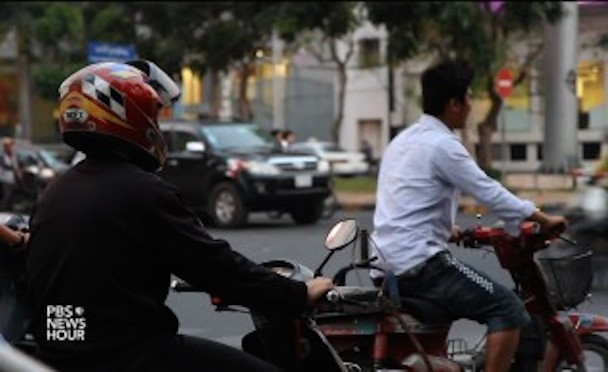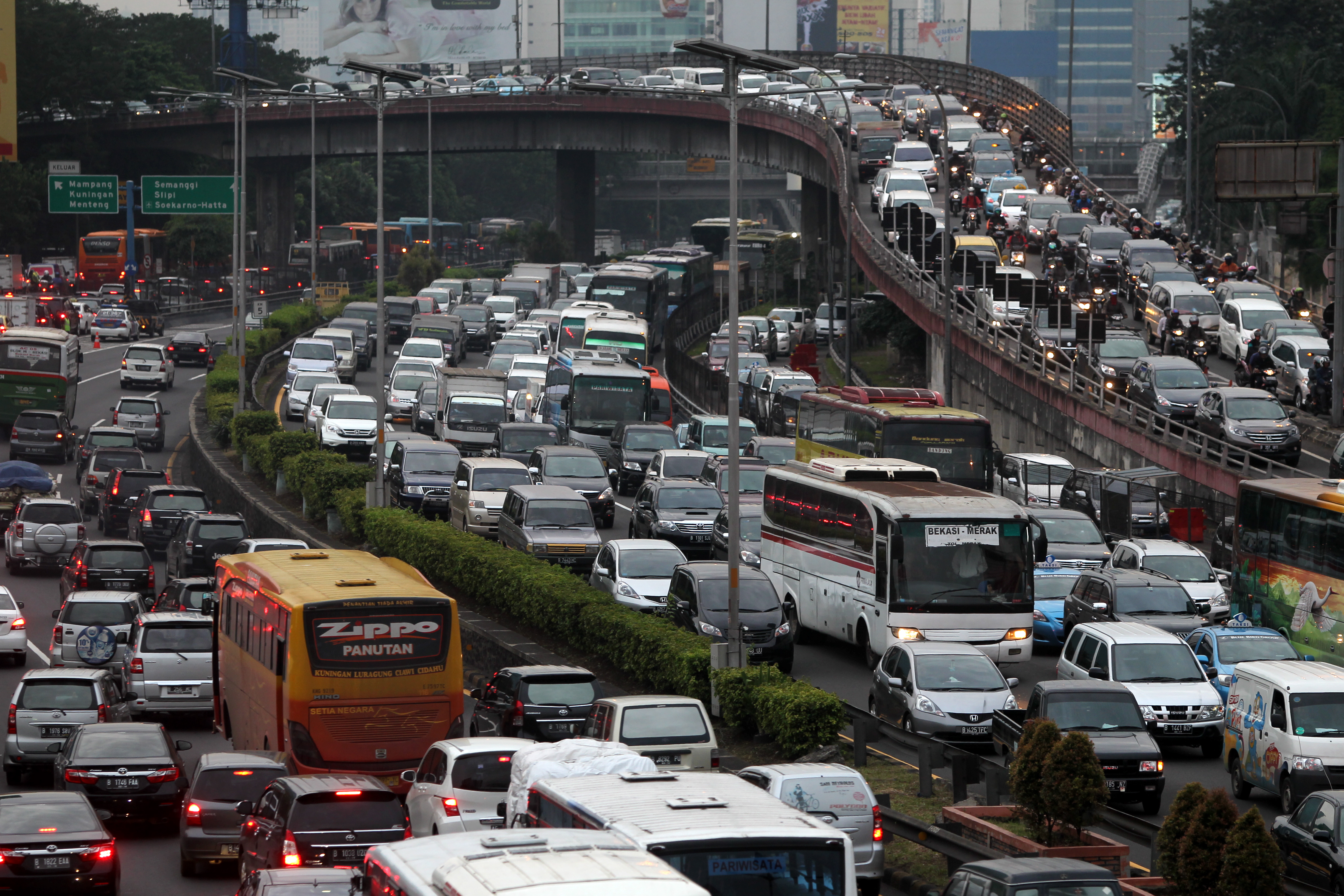
DEATH ON TWO WHEELS
The rapid motorization of Southeast Asia—driven mainly by the popularity and affordability of small motorcycles—has undoubtedly been a boon to the region's economy. But it is also fast becoming one of the region's most serious—and least reported—public health crises.
In most countries of Southeast Asia, motorcycles outnumber cars by a wide margin. People who used to walk or ride a bicycle are now able to commute to better jobs and live in better neighborhoods. It is easier for them to take their goods to market and their kids to school. And while designed to carry no more than one passenger, the motorcycle has quickly morphed into family transportation.
But as Pulitzer Center senior producer Steve Sapienza and PBS NewsHour correspondent Hari Sreenivasan report, there is a fearsome downside: Small motorcycles are deadly, especially in Southeast Asia where helmet laws are lightly enforced and largely ignored. Over the next decade, road crashes involving small motorcycles are on course to claim more lives in the developing world than HIV/AIDS and tuberculosis.
DIVIDED IN KURDISTAN
When ISIS swallowed large chunks of Syria and northern Iraq, quasi-independent Iraqi Kurdistan became more than just the "success story" of America's mostly disastrous Iraq adventure. "The Kurds emerged as the best hope for the region against ISIS," reports Pulitzer Center grantee Jenna Krajeski. "Kurdish fighters filled the vacuum left by a disintegrating Iraqi Army and the region accepted droves of refugees."
This prompted a flood of favorable news reports about secularism and democracy in Kurdistan, but Jenna, in her feature story for The Nation, notes that "many Kurds have related to the Kurdish success story the way a struggling family in Mississippi might view the American dream—reflecting, not relieving, inequality, and entirely out of reach.
"They are angered by the nepotism and corruption they see in their government, and worry that family connections and internal divisions trump real democracy," she writes. "When whole villages are on the losing end of land disputes with Big Oil, villagers wonder who profits from Kurdistan's oil wealth."
WHERE'S NAYPYIDAW?
Quick—what's the capital of Myanmar (aka Burma)? No, not Yangon (aka Rangoon). It's actually Naypyidaw. You say you've never heard of it? That's not surprising.
As Pulitzer Center grantees Matt Kennard and Claire Provost report in The Guardian, "Driving through Naypyidaw, the purpose-built capital of Burma, it could be easy to forget that you're in the middle of one of south-east Asia's poorest countries. On either side of the street, a seemingly endless series of giant detached buildings, villa-style hotels and shopping malls look like they have fallen from the sky, all painted in soft pastel colours: light pink, baby blue, beige. The roads are newly paved and lined with flowers and carefully pruned shrubbery. Meticulously landscaped roundabouts boast large sculptures of flowers."
Built from scratch in the middle of nowhere by Burma's military dictatorship, about the only thing the shiny new capital lacks is people: "The vast highways are completely empty and there is a stillness to the air. Nothing moves. Officially, the city's population is 1 million, but many doubt this is anywhere close to the true figure. On a bright Sunday afternoon, the streets are silent, restaurants and hotel lobbies empty. It looks like an eerie picture of post-apocalypse suburban America."
Until next week,
Tom Hundley
Senior Editor






